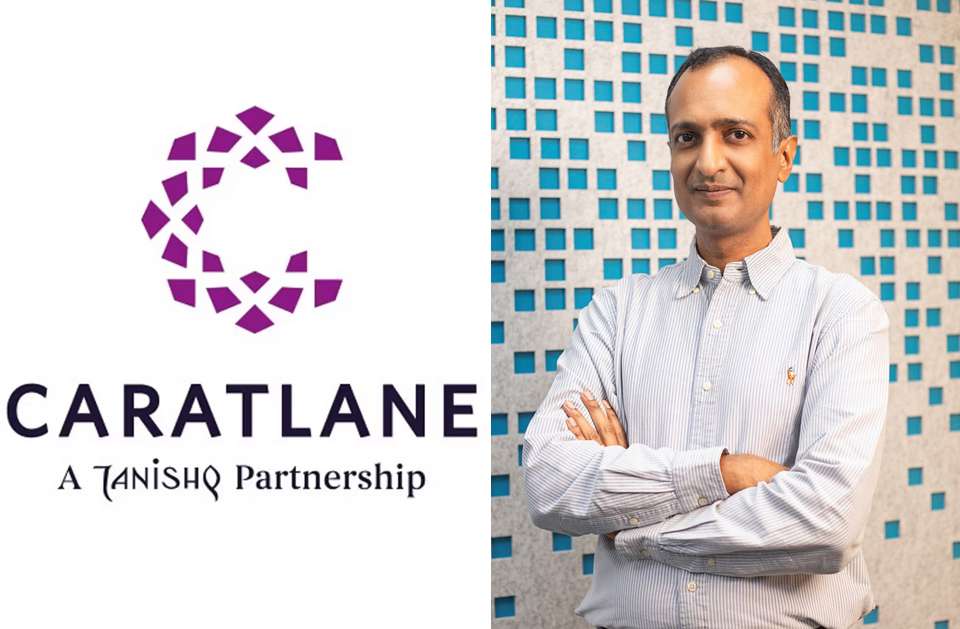
While India’s gems and jewelry exports confront some hurdles, we see significant prospects in international markets, particularly among Indian diaspora.
CaratLane, Titan’s wholly-owned subsidiary, is increasing its focus on growing offline stores and improving its position in the competitive diamond jewellery market. With almost 300 locations and 19 new openings in the October-December quarter, the brand is focused on meeting changing consumer preferences. Atul Sinha, CaratLane‘s chief operating officer (COO), spoke with Krishna Barot about the company’s future objectives and market insights.
How is the demand for diamond jewellery changing in Tier 2 and Tier 3 cities?
A. We are seeing a consistent shift in customer behavior in Tier 2 and Tier 3 cities, with rising demand for diamond jewelry. Diamonds are becoming more popular among consumers in these regions, and they are finding their way into jewelry collections. We just opened stores in Moradabad, Navsari, and Bokaro, and they have outperformed our expectations. Although these markets are still developing, they have enormous promise. We are dedicated to make diamond jewellery more affordable and desired in these areas.
Has inflation affected consumer demand in the diamond jewellery market?
A. Inflation has had a minor impact on the diamond jewellery sector. While inflationary pressures have impacted some jewelry categories, diamonds have remained resilient due to their long-term worth and aspirational appeal. Furthermore, we offer collections at multiple price points, allowing us to cater to different customer segments while maintaining consistent demand.
What factors will boost the diamond jewelry market in 2025?
A. One of the most important drivers is women’s increased financial freedom. Jewellery is no more only a traditional purchase; it has evolved into a means of personal expression, particularly for everyday wear. Another growth reason is an increase in jewelry gifting. More people are choosing cheap diamond jewelry to commemorate their relationships. Furthermore, our children’s jewellery segment has grown significantly, notably with collections inspired by prominent brands such as Disney’s Lion King. These designs are extremely popular with both children and parents, opening up a new market. The issues include increased rivalry from overseas brands entering India. While they do not directly compete in the jewelry industry, they do influence consumer purchasing and capture a piece of the market. Continuous innovation is critical for us to stay ahead.
How do you see India’s falling gem and jewelry exports?
A. While India’s gems and jewelry exports confront some hurdles, we see significant prospects in international markets, particularly among Indian diaspora. Last year, we opened our first store in New Jersey, United States. Titan, our parent business, has a well-established international presence, providing us with unique insights into consumer preferences around the world. We intend to use these insights to grow our global footprint.
Beyond price, what draws customers to CaratLane’s jewelry?
A. While affordability is important, our designs are tailored to current lifestyles, providing lightweight and flexible jewellery for a variety of events. Additionally, our omnichannel approach improves the buying experience. Customers can browse our collections in-store, schedule online consultations, or try-at-home services. This seamless connection across media enables us to efficiently respond to changing consumer demands.
